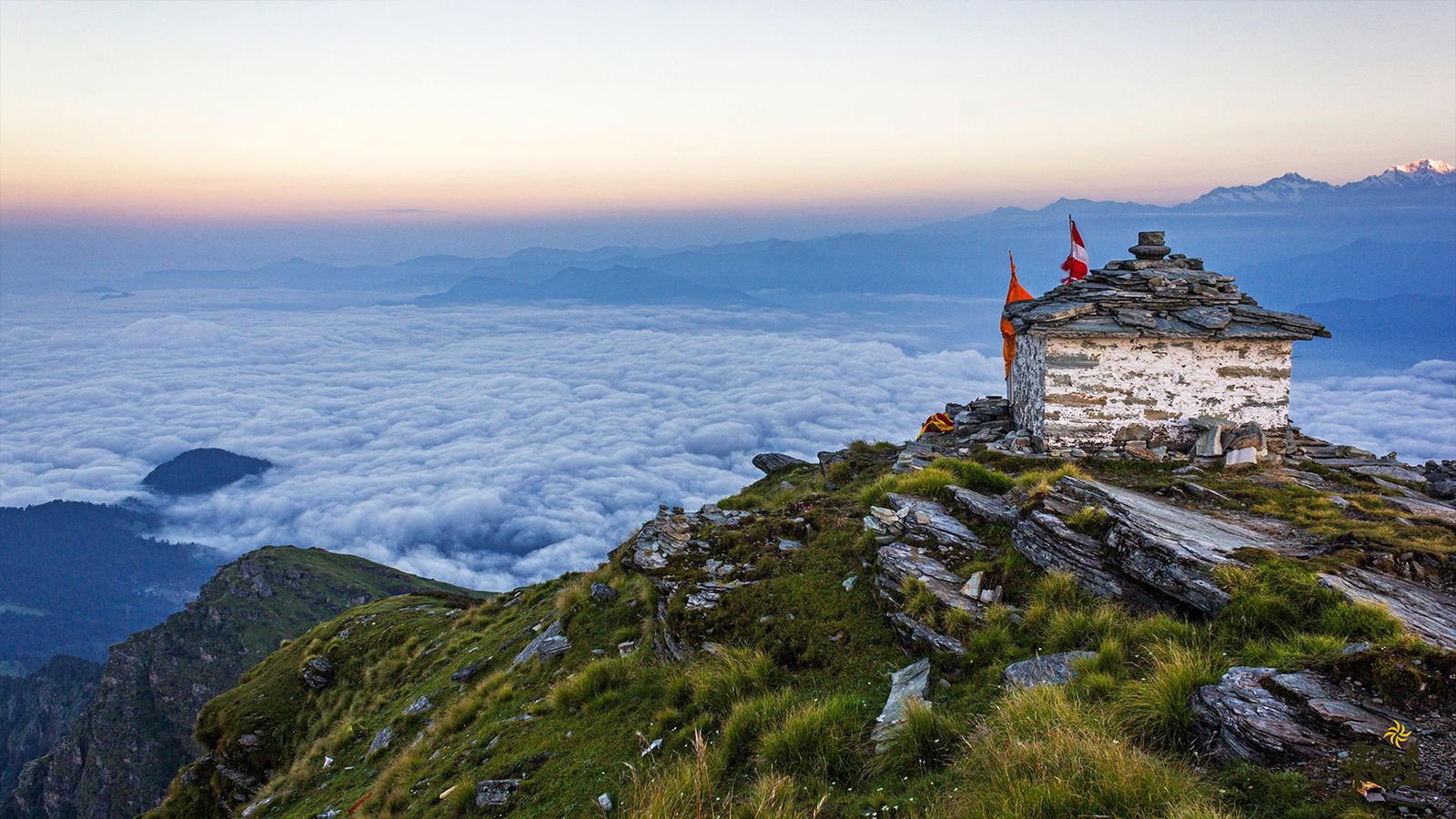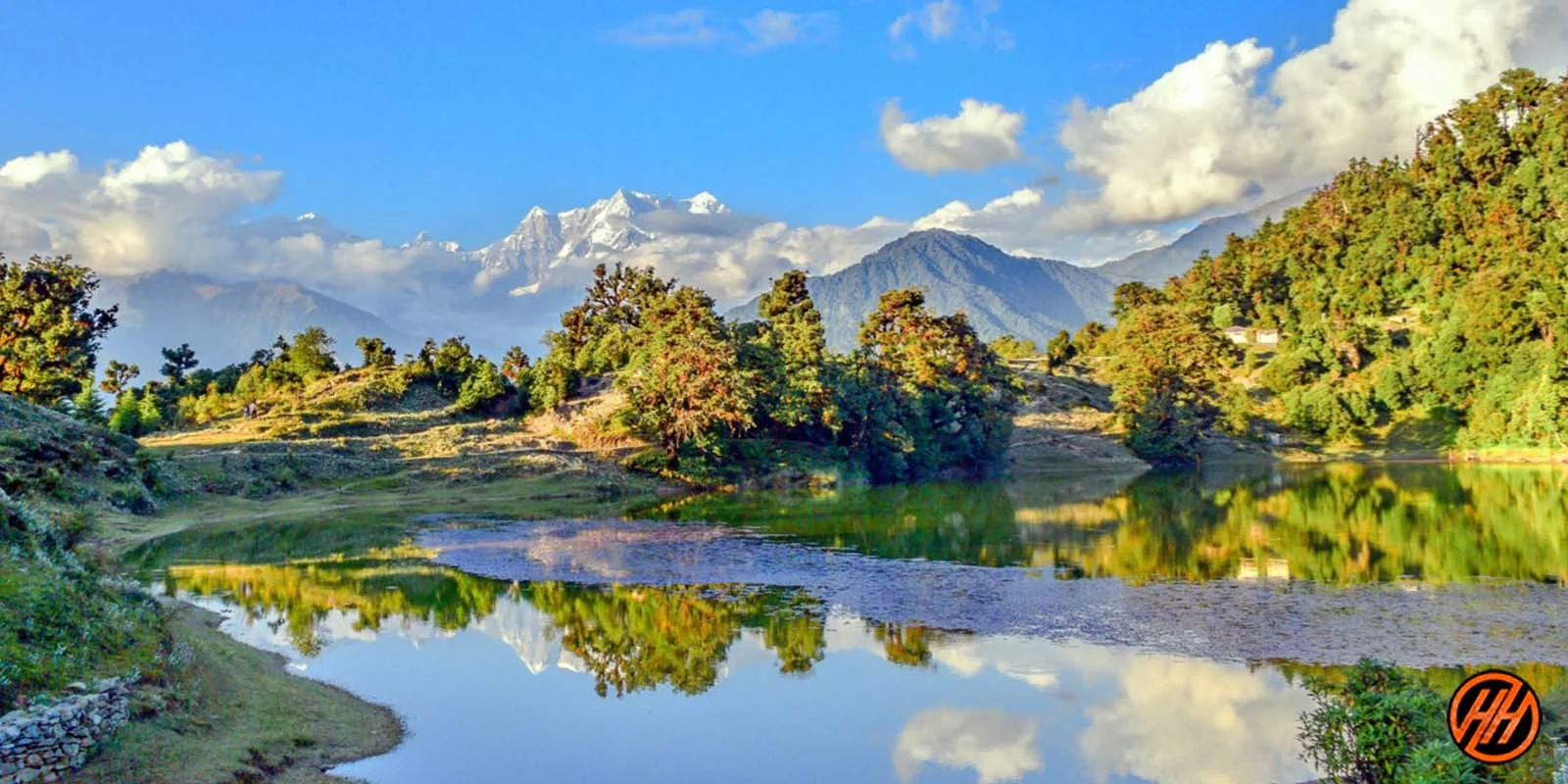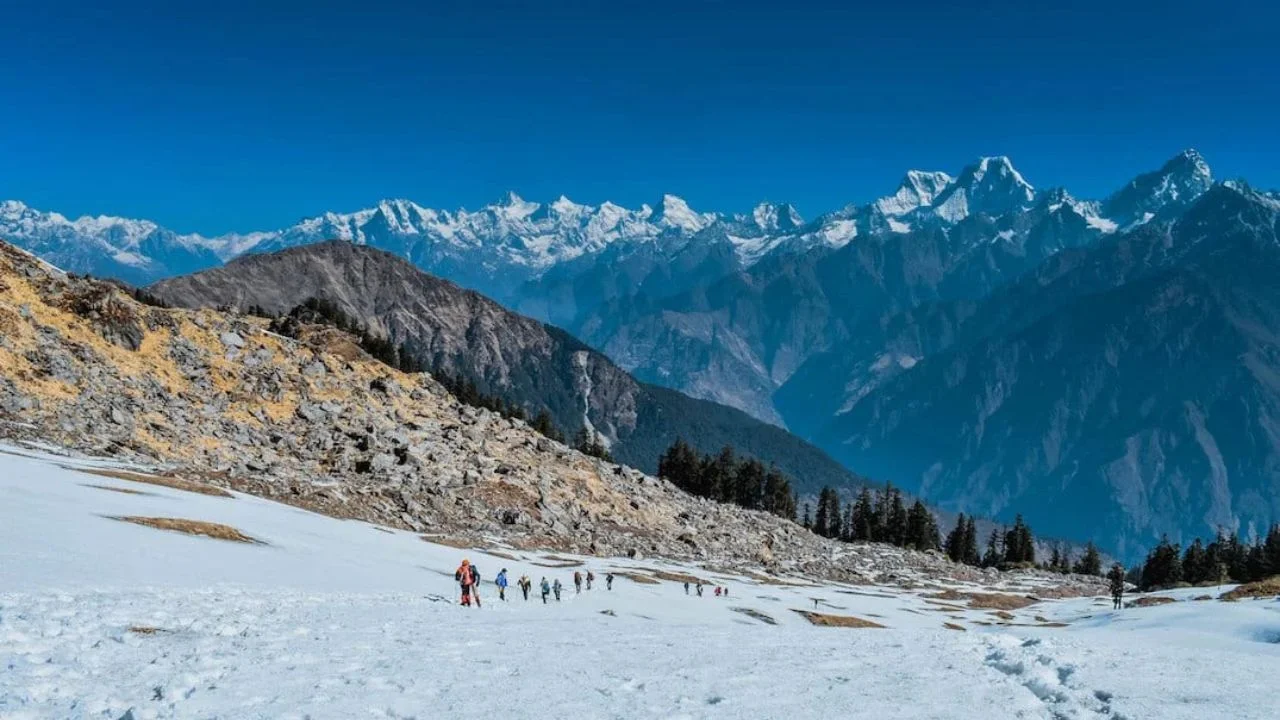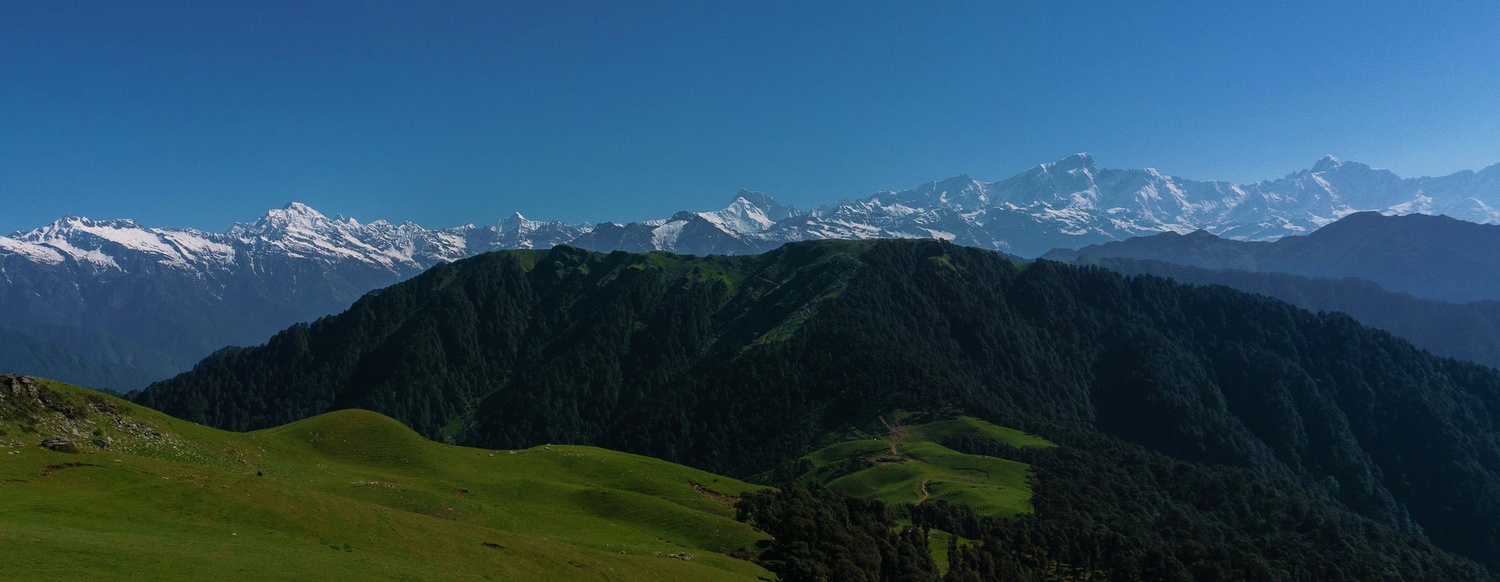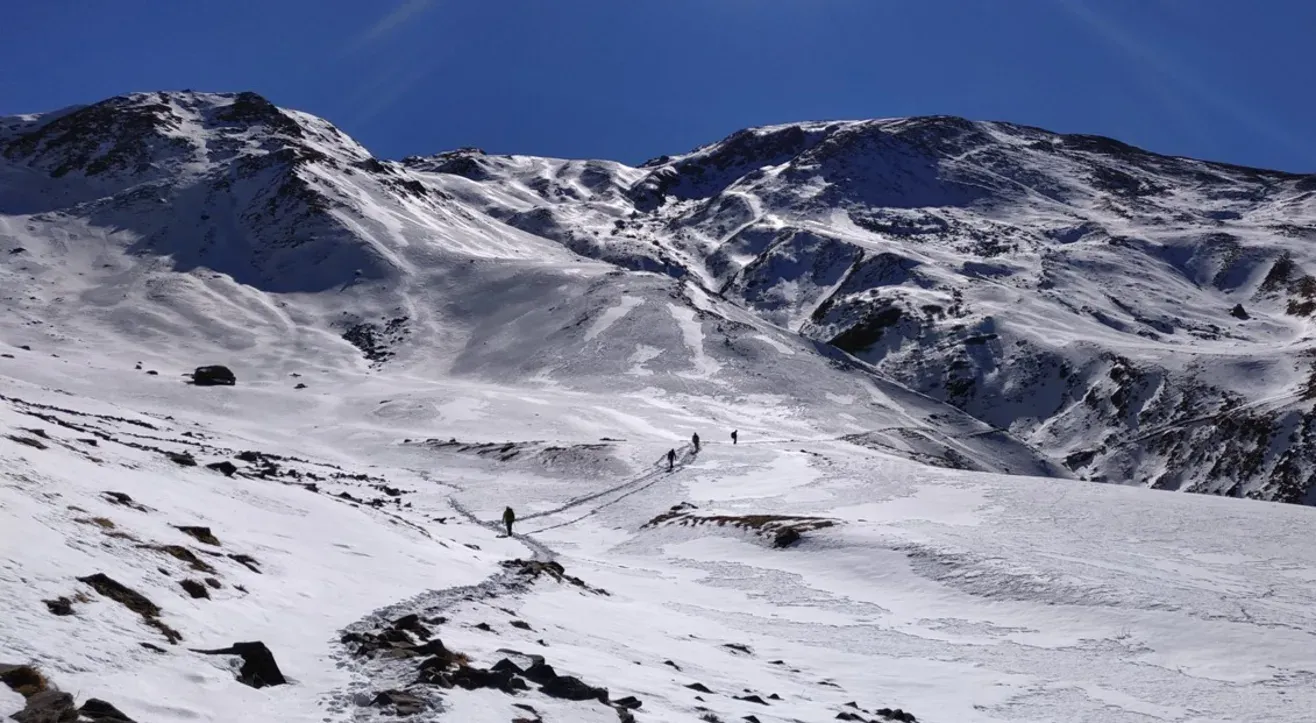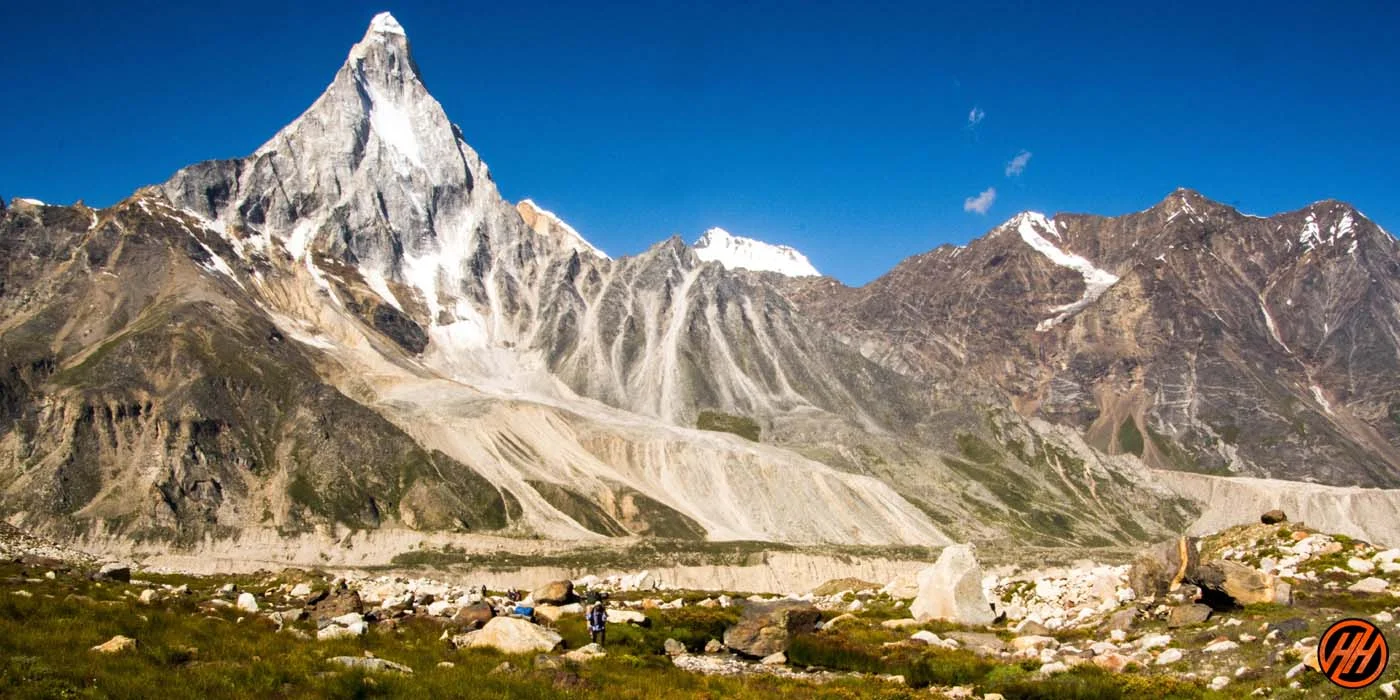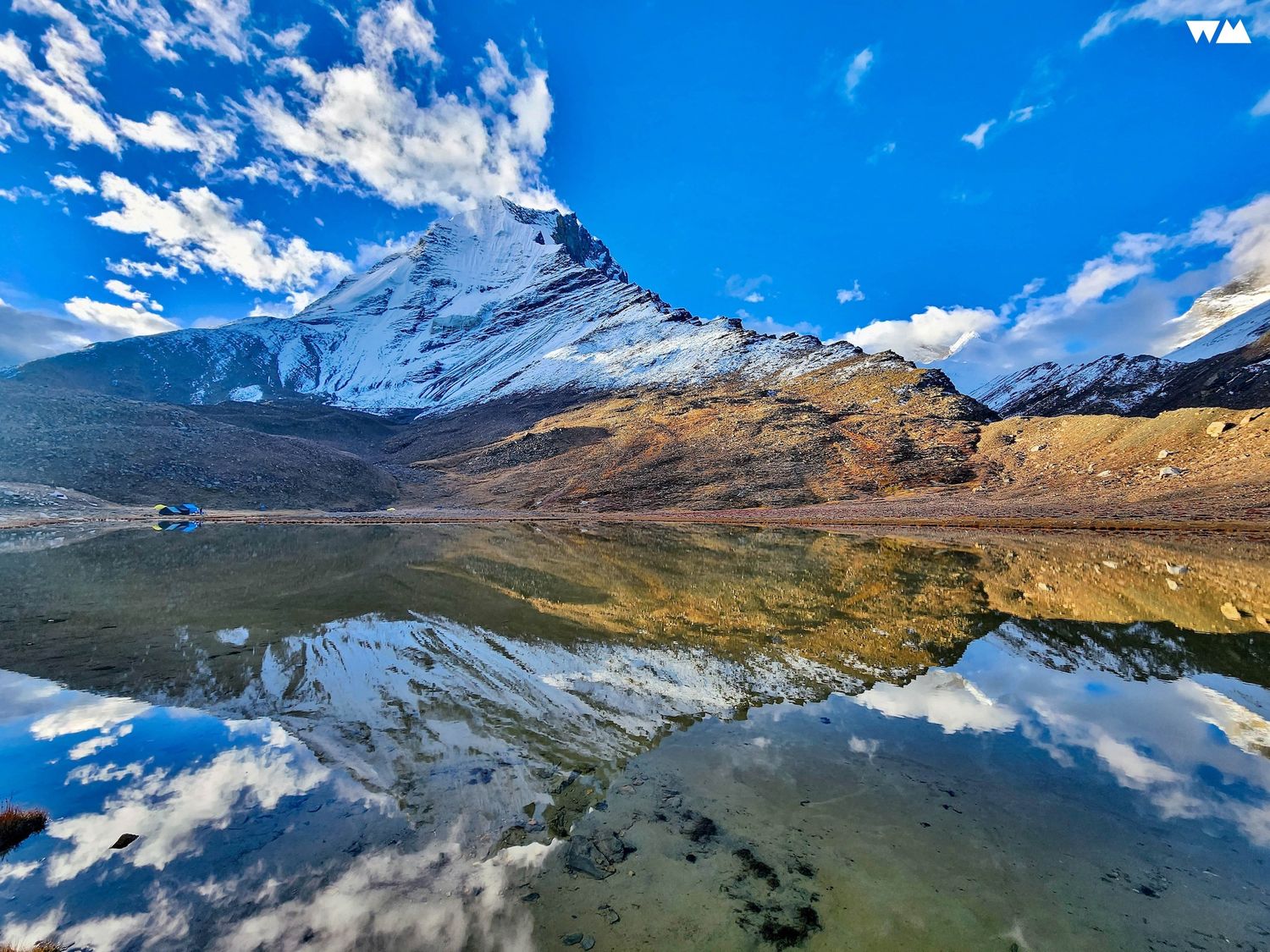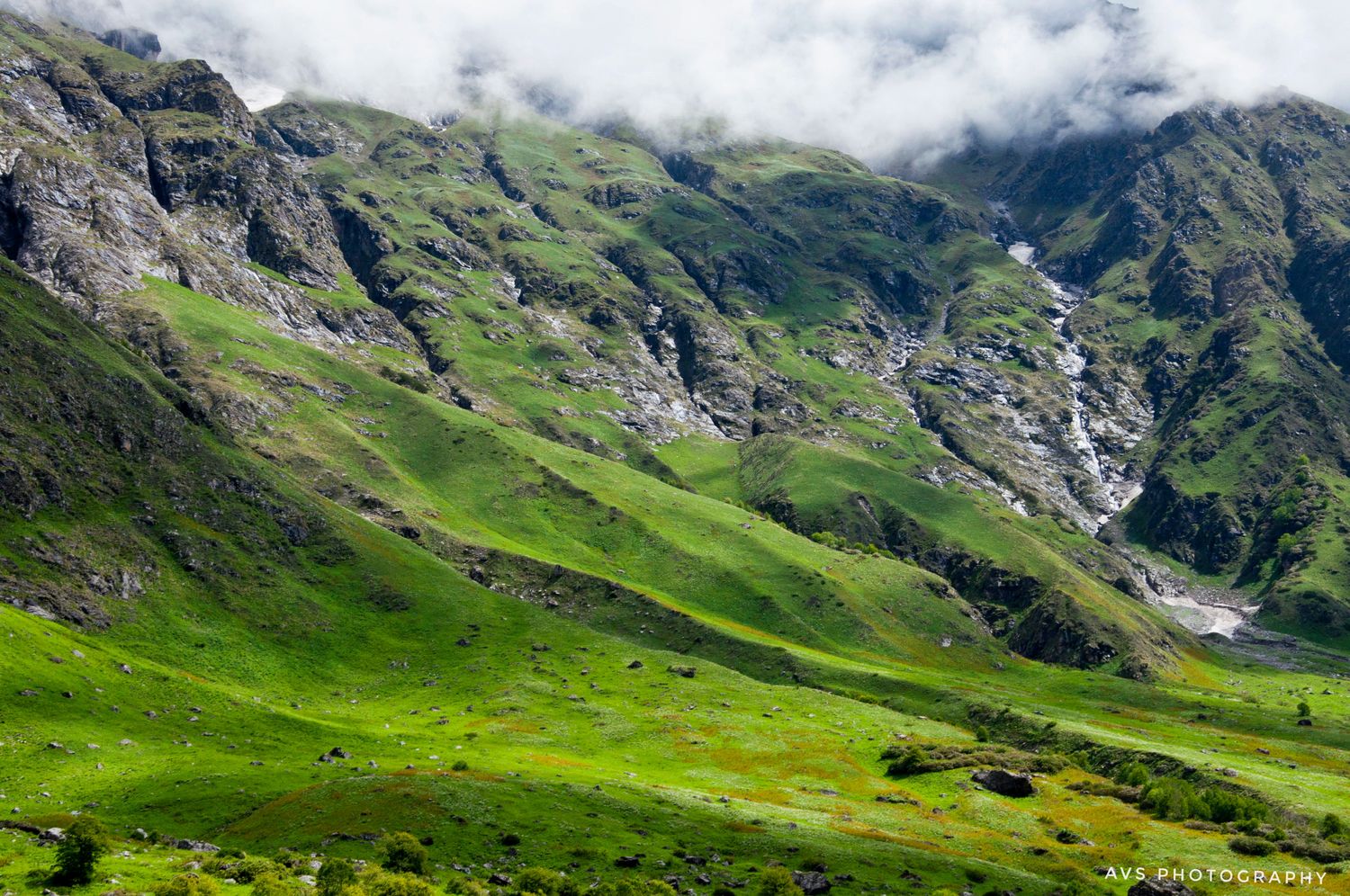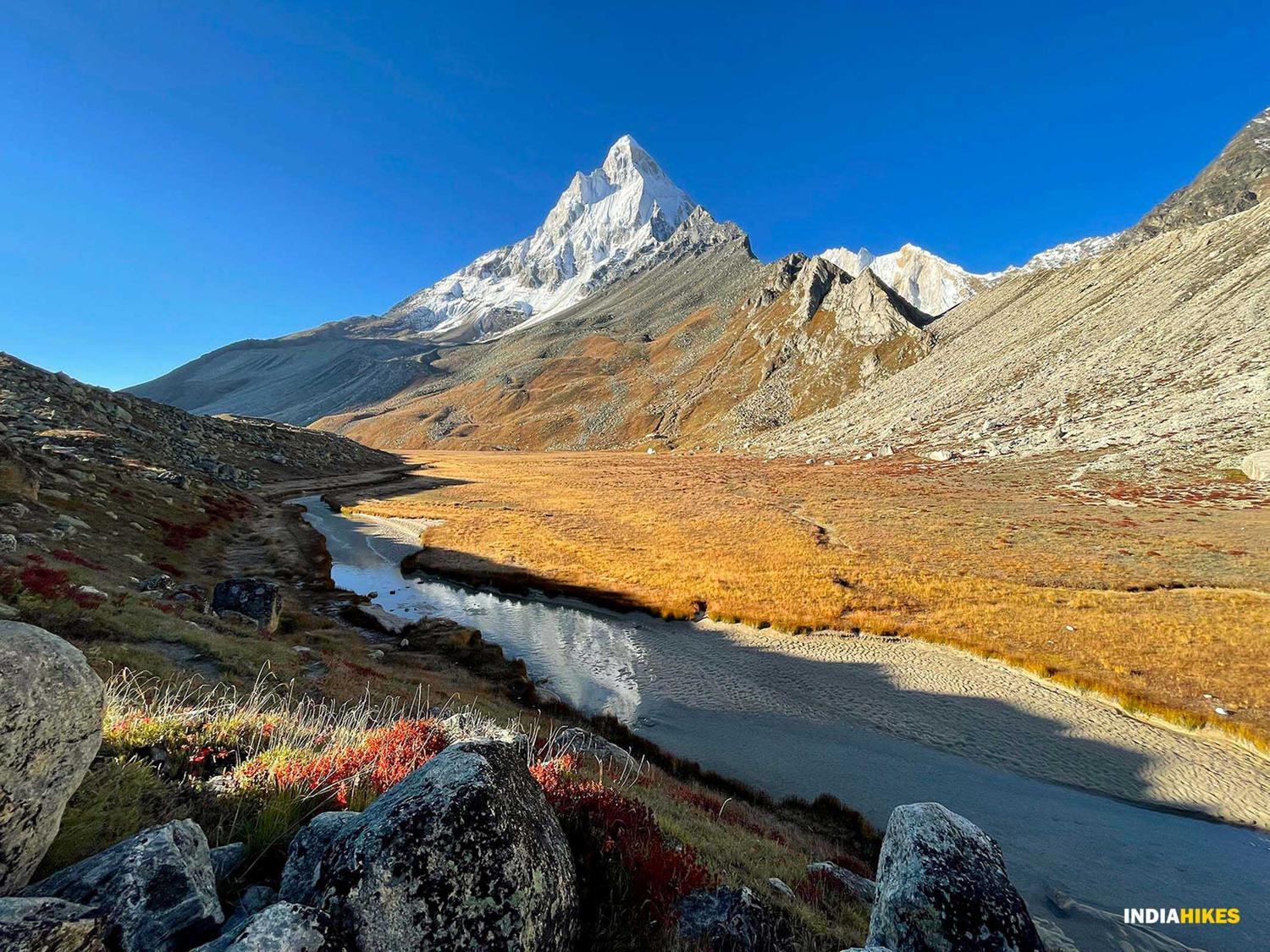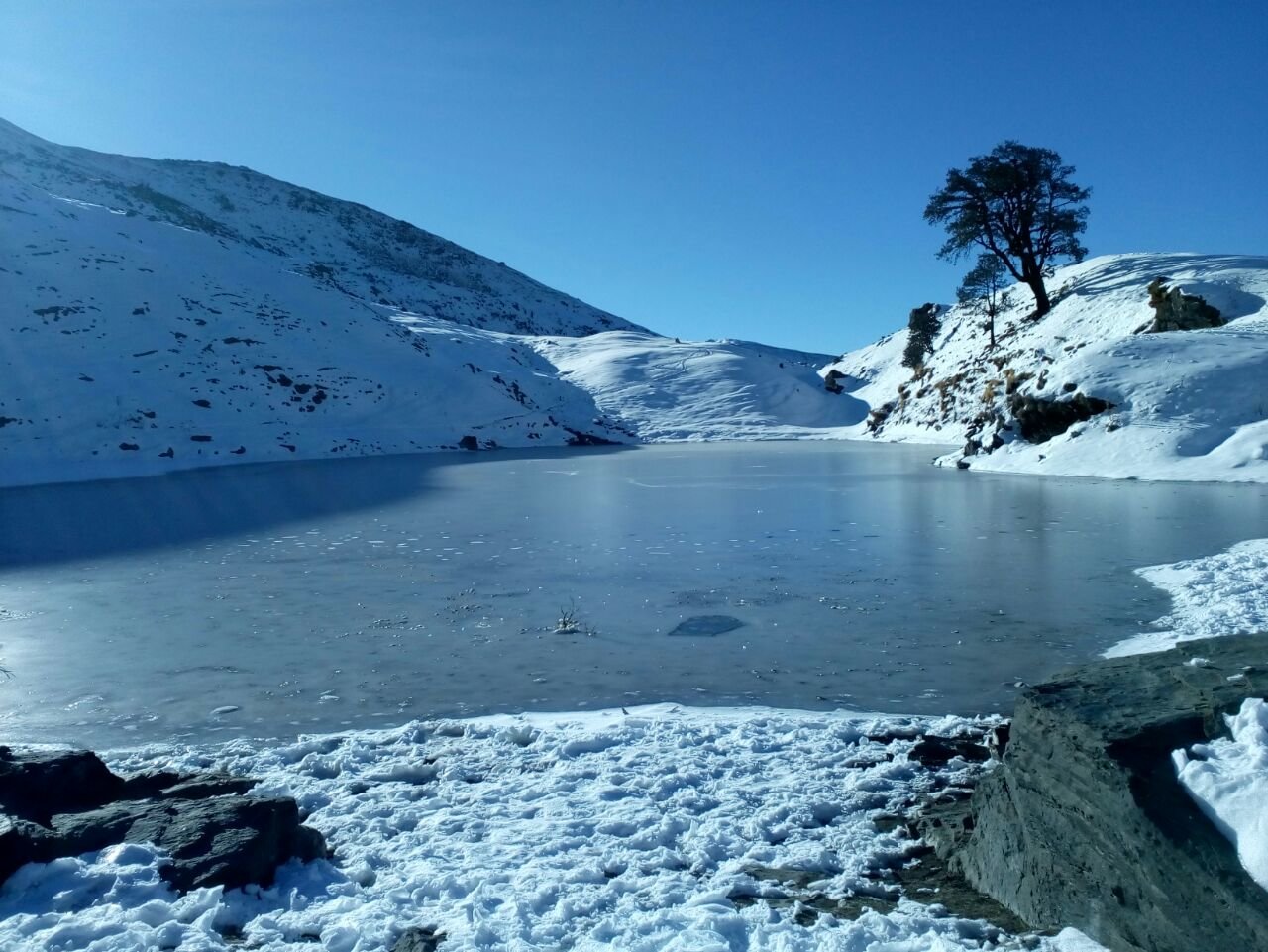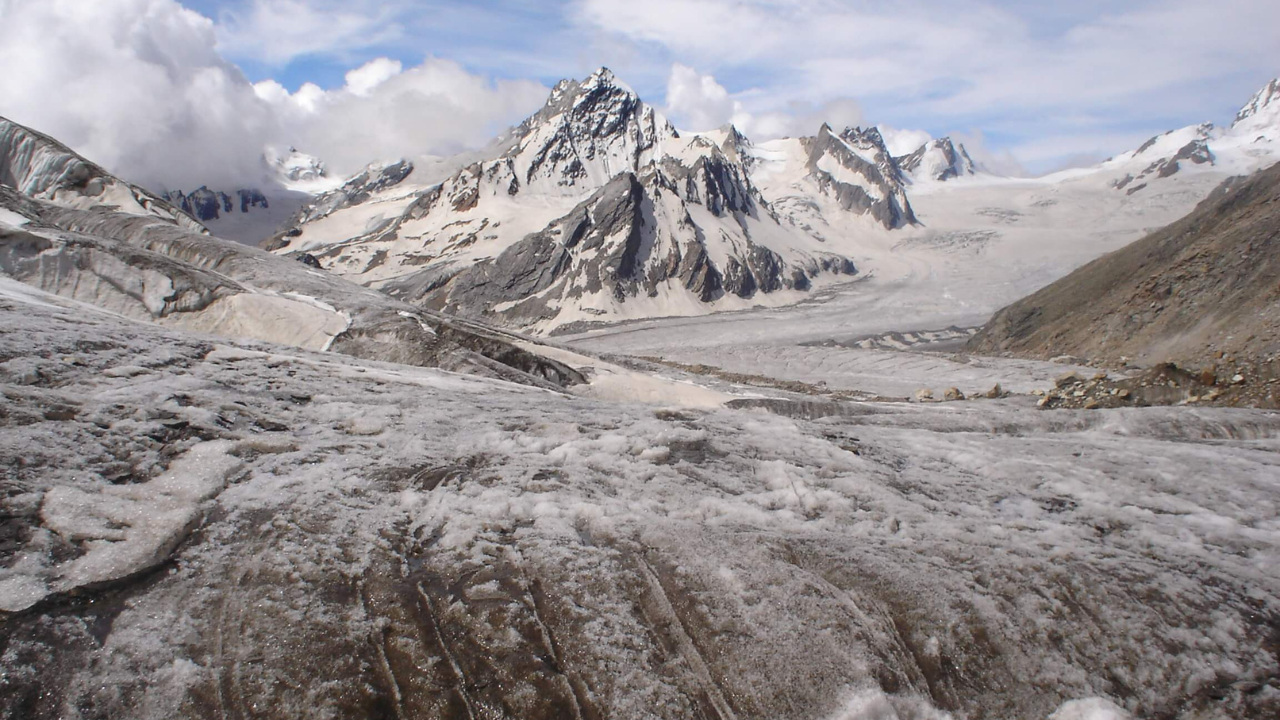Chopta Chandrashila Trek: A Himalayan Experience for All Seasons
The Chopta Chandrashila Trek is one of the most popular and rewarding treks in Uttarakhand, offering a perfect blend of adventure, spirituality, and panoramic Himalayan views. Starting from the picturesque meadows of Chopta, this trek passes through Tungnath, the highest Shiva temple in the world, and culminates at Chandrashila summit at 3,690 meters. From the top, trekkers are rewarded with stunning views of Nanda Devi, Trishul, Chaukhamba, and Kedar peaks.
Tungnath: The Spiritual Highlight
On the way to Chandrashila, trekkers pass through Tungnath Temple, one of the Panch Kedar shrines. Its spiritual aura and high-altitude setting make it a unique experience of blending faith with trekking.
Chandrashila Summit Views
The summit offers 360-degree views of the Garhwal and Kumaon Himalayas. On clear days, you can witness peaks like Nanda Devi, Chaukhamba, Trishul, and Kedar Dome shining against the sky.
Why This Trek is Special
The Chopta Chandrashila trek is accessible almost year-round, making it one of the best beginner-friendly Himalayan treks. Its combination of snow (in winter), alpine meadows (in spring), and clear views (in autumn) ensures a unique experience in every season.
